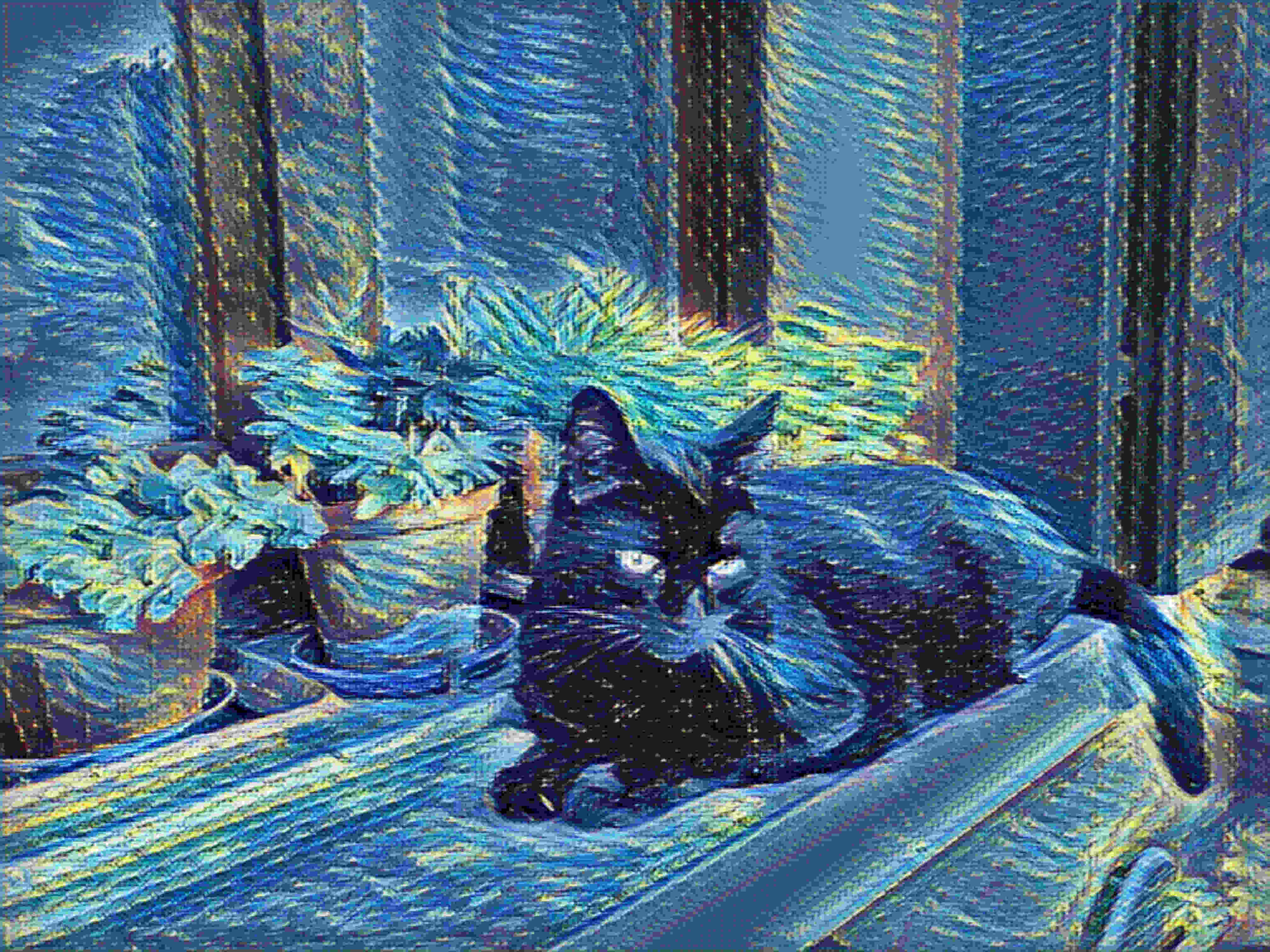Do Cats Hold Grudges? Exploring Feline Memory and Emotion
Cats may be mysterious and aloof, but anyone who lives with one has likely asked this question: Do cats hold grudges? Maybe you accidentally stepped on your cat’s tail, or missed dinner time by ten minutes—and now he’s glaring at you from across the room. Is he mad… or justContinue Reading




